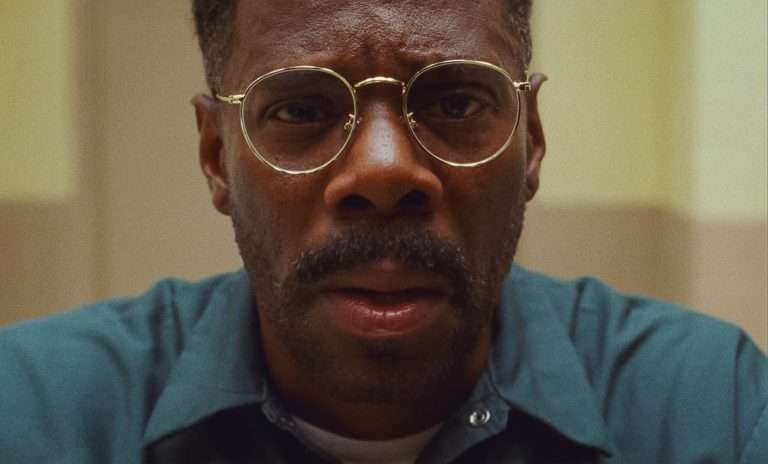Olivier Assayas has spent large swaths of his diverse career fascinated by the stasis of life, and all the varied forms it takes—from the familial (“Summer Hours”) to the spiritual (“Personal Shopper”) to the industrial (“Irma Vep”). Knowing his preoccupation with the frustrations and beauties that keep us locked into place, it only made sense that the French auteur would one day see fit to tackle stasis from a global perspective; it was never a matter of whether or not he’d make a film called “Suspended Time,” but rather when he’d finally get around to it.
What possible motivation could Assayas have to finally explore the stagnancy experienced across the totality of modern life? What world event could possibly have inspired “Suspended Time” to come out of suspension? The answer, as it turns out, would come to Assayas neatly packaged in an Amazon parcel, left on the porch for the assumed four-hour period it takes for the coronavirus to die off the cardboard.
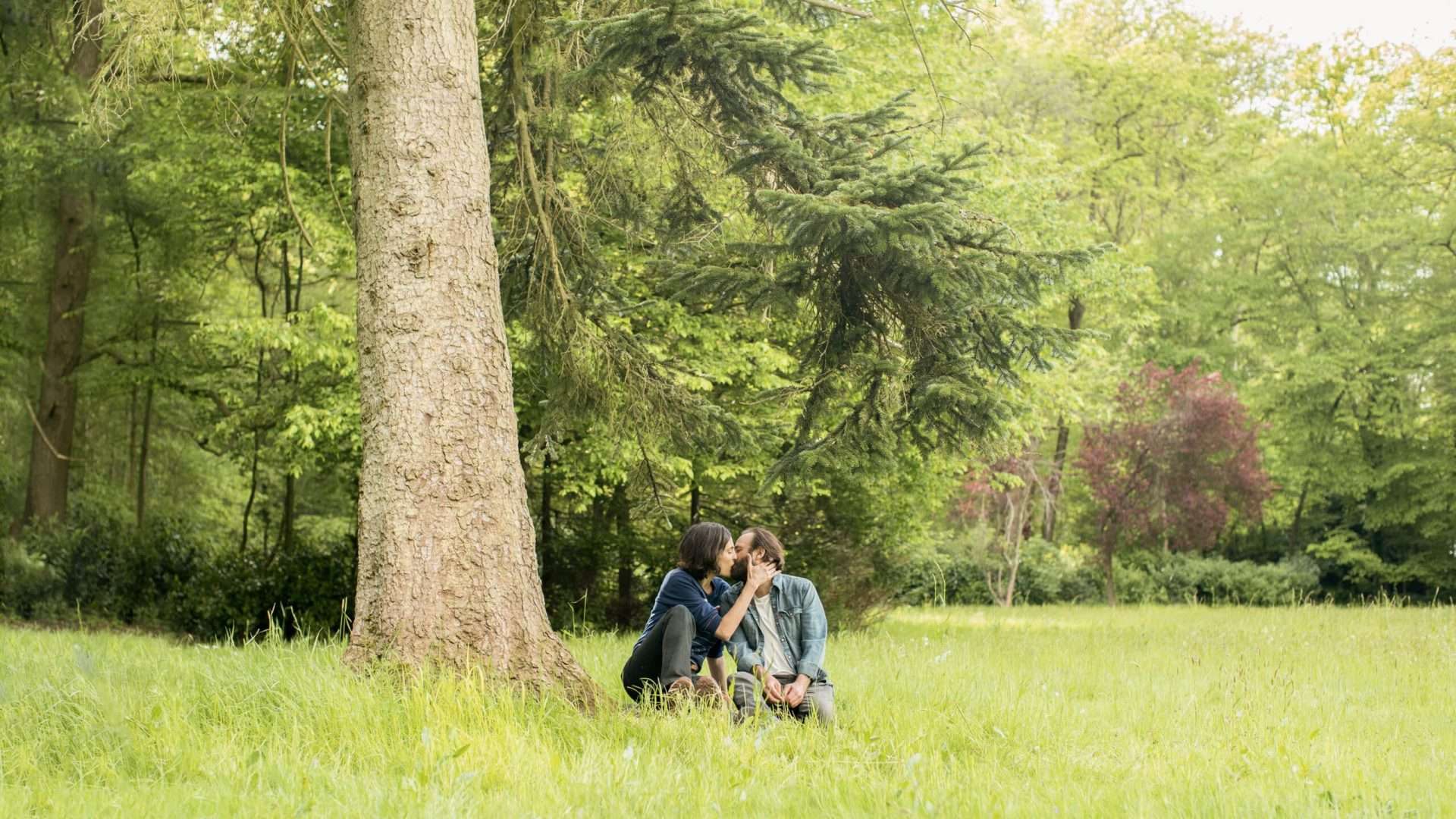
Yes, “Suspended Time” is another pandemic film, but given the four-year removal from the period it depicts, one would think (hope) Assayas might have found the angle worthy of finally revisiting the period of time nobody wanted to return to—save for anyone nostalgia-pilled enough by the horrors of the present moment that ANY period before the current one seems appealing to them. Alas, in its perpetual state of static development, all “Suspended Time” establishes is the fact that we’re still a long way off from finding value in reexamining this moment, especially under the guidance of characters this unequivocally tedious.
That point may come off as particularly mean-spirited (though, sadly, by no means untrue) in the context of “Suspended Time,” as Assayas takes for his subject his own experiences at the dawn of the dreaded lockdown. The moment is April 2020, and just one month into the global shutdown, film director Paul (Vincent Macaigne) finds himself holed up in his family’s secluded countryside estate with his brother Étienne (Micha Lescot, apparently in Leos Carax cosplay the entire film), along with each of their significant others (Nina d’Urso and Nora Hamwazi). As the inertia of confinement begins to get to these lucky Frenchpeople—amidst their private boreal walks and tennis matches—so too does the tedium of their frozen existence begin to chip away at our own sanity.
It doesn’t take long for us to realize that the recurring bits of narration—breaking away from the doldrums of the present to impart upon us the doldrums of the past that define this modest estate—are coming from Assayas himself, putting in no uncertain terms just how much of “Suspended Time” is directly attributable to his own pandemic experience, and the personal (and boring) reflections it invoked within him. It’s nice, in that sense, that Assayas has chosen to follow the age-old adage of “write what you know,” but sometimes, there comes the need to realize that in a specific instance, “what you know” is simply not worth writing.
The stasis that defines Assayas’s most acclaimed works is often accompanied by the unavoidable undercurrent of the privilege he faces as someone writing from the vantage point of an artist who’s never really wanted for anything. To his credit, this is a component of his films that the director has never really attempted to conceal, but “Suspended Time” suffers most blatantly from the drawbacks of following its privileged protagonists, likely because any attempts to ground their struggles to a relatable space makes them seem insufferably entitled while leaving them at their own level to acknowledge their entitlement, as rich White people with a summer home as their escape from reality, makes them excessively dull and even less likable.
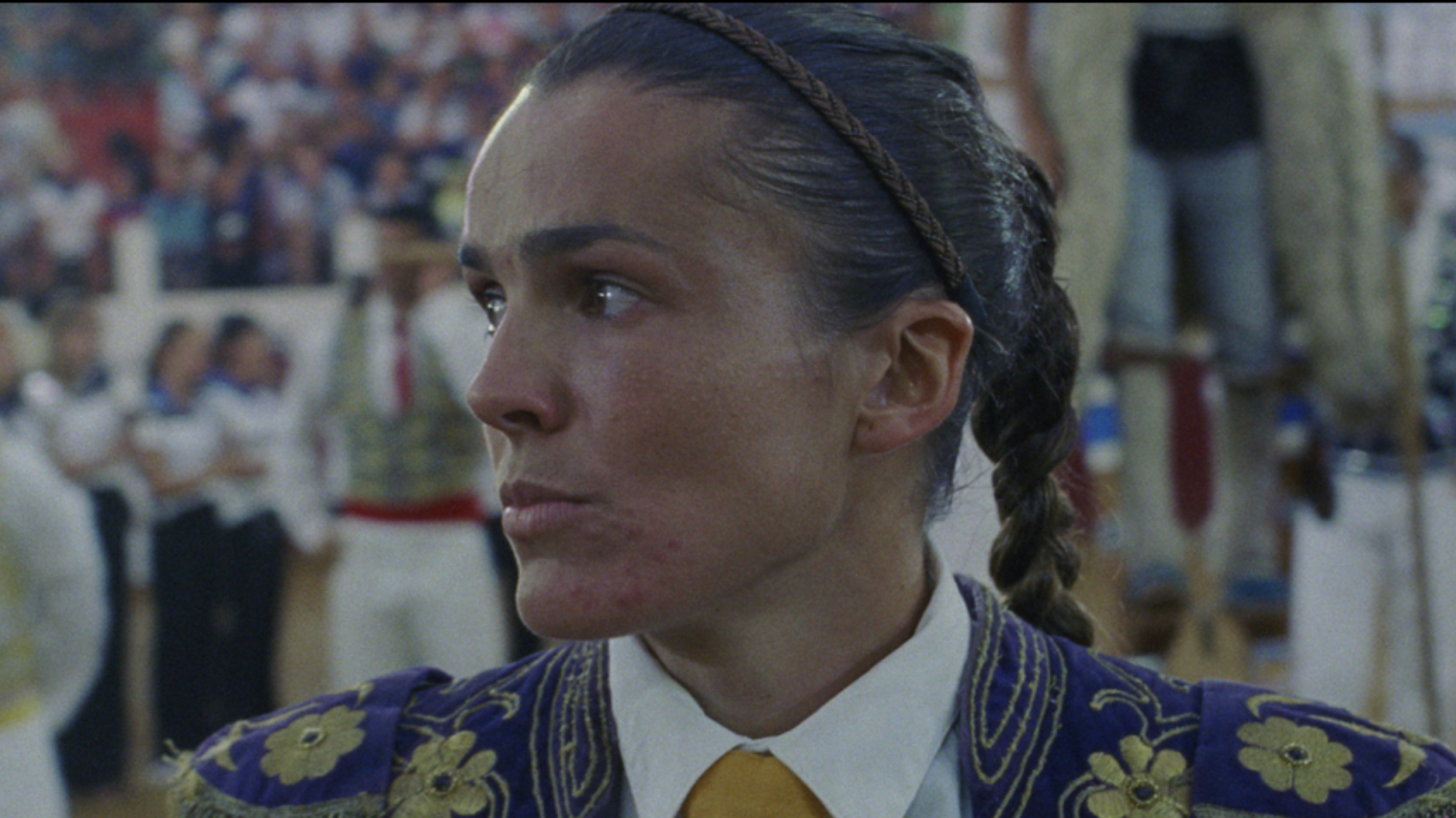
“Suspended Time” only digs itself into a space that sees no real benefit from acknowledging its position of privileged boredom if Assayas isn’t going to say anything meaningful about it or, at the very least, present it in any way worth experiencing for more than 15 minutes. With the exception of one candid moment in which Paul admits that he somewhat enjoys the solitude the pandemic has provided (the serenity of Éric Gauthier’s camera being an incredibly minor victory for the film), and an admittedly amusing recurring bit involving a miniature saucepan, Assayas offers no insights on the personal or psychological toll this seemingly endless moment had on him—as a person or as an artist.
While there’s no fixed period for one to determine that enough time has passed before an event can be appropriately examined with the benefit of hindsight, it’s safe to say that we are nowhere near that point yet when it comes to COVID-19. Olivier Assayas attempted to challenge that theory, and while his efforts were nobler than the reprehensible producers trying to cash in on pandemic paranoia while the theaters were still shut down, it’s clear that his own internalization runs a bit too deep to bring out the sort of communal wisdom this particular form of reflection would require.



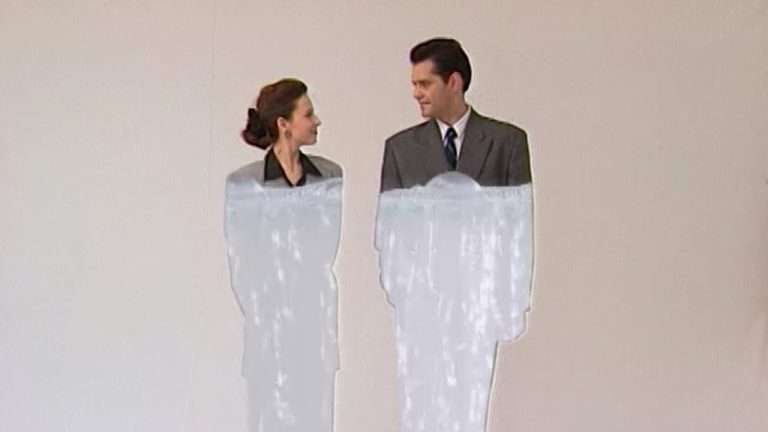
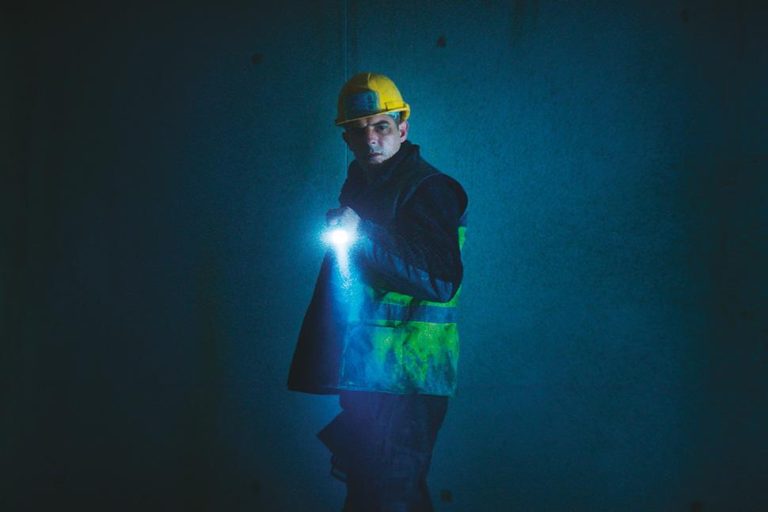
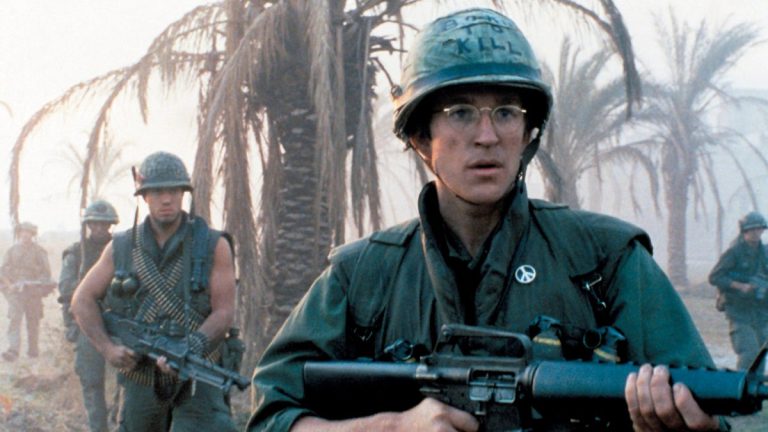

![Aviva [2020] Review – A gender-fluid enigma about the relationship we have with ourselves and others](https://79468c92.delivery.rocketcdn.me/wp-content/uploads/2020/07/Aviva-Movie-Holding-Dancing-HOF-768x427.jpg)
